How to choose the right Learning Management System (LMS)
With hundreds of LMS products on the market, selecting the right LMS can seem like a daunting task. Over the last decade, our teams have seen negative impact of wrong LMS choices many times – and the consequences that can haunt your business for years. This post is to provide simple checklist that could help get this crucial decision right.
In reality, there is no perfect LMS and no solution that fits all. Moreover, choosing, migrating and implementing a Learning Management System is only the beginning of a journey that can pay you dividends, or cost you dearly in long run. The first mistake many make when choosing a LMS is that they overlook the long-term cost and underestimate the amount of work that is required to implement new or migrating from existing LMS.
To choose the right LMS for your business, and to avoid making mistakes, you could follow this top checklist:
Ease of use and customization
- Offers a truly white-labelled option.
- Simple to set up an entity.
- Offers a feature rich course builder with course outline, pre-requisites, learning objectives, target audiences etc.
- Easy to create courses, schedule classes in different time zones.
- Offers an easy-to-use dashboard and navigation tools.
- Courseware ordering capabilities.
Content delivery
- Offers courses in different modality i.e., ILT, OLL, VOnD (Vendor on demand)
- Ability to integrate easily with other applications via APIs.
- Offers instructor led (ILT) training capabilities.
- Offers blended training capabilities i.e., Virtual and Physical + Virtual at the same time.
- Offers mentored learning training capabilities.
- Offers multi-lingual support (if required).
- Allows third-party integrations with video-conferencing tools like Zoom, Adobe connects, etc.
- Provides the ability to create personalized learning paths.
User Engagement
- Support a wide range of content formats like SCORM, AICC, Labs, LTI compliant.
- Offers mentored learning training capabilities.
- Offers ability to host private events.
- Offers self-paced courses.
- Comes with wide range of notification plans like student enrolment notification, class reminder notification, etc.
- Provides post class recording for specified duration.
All or most of above features in LMS should be your guiding principle to help you select your LMS.
But if you already have existing LMS that is inadequate to fulfil your growing demands, you’ll also need to factor in migration strategy from old to new LMS. You will want to migrate all your legacy LMS data to the new LMS offering.
Migrating from Legacy LMS to modern LMS
To make data migration easy, our new LMS should have bulk data import capabilities. This process can be summarized in below points. Few steps may differ depending on the new LMS.
- To start with, first start migrating the master data to the new system like organization, location, classrooms etc.
- Migrate eLearning modules like SCORM, AICC, Labs etc.
- Migrate courses.
- Migrate classes and related data.
- Migrate user data like, students, instructors, administrators etc.
We hope you find this information useful to make an informed decision. Feel free to contact us for any questions.
Happy LMS hunting😊
Tags :


